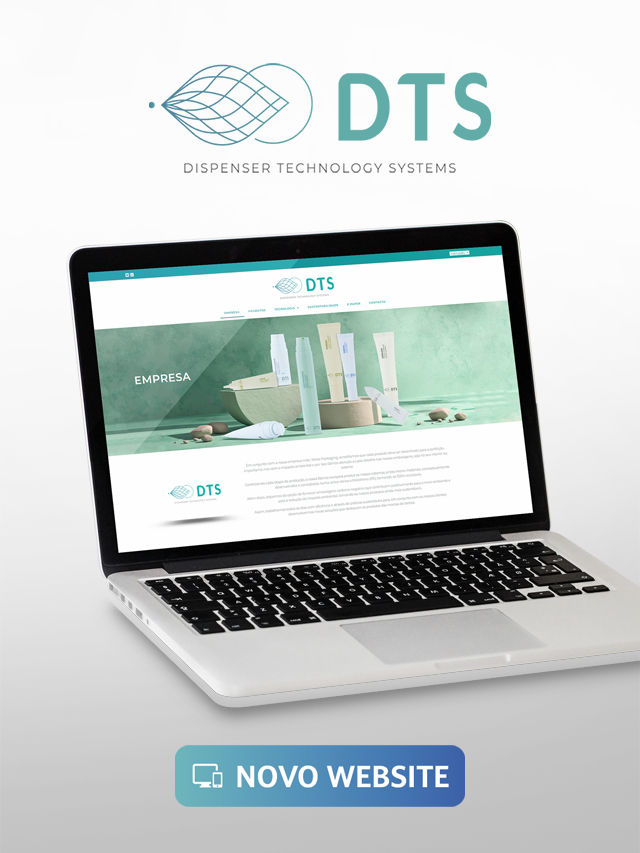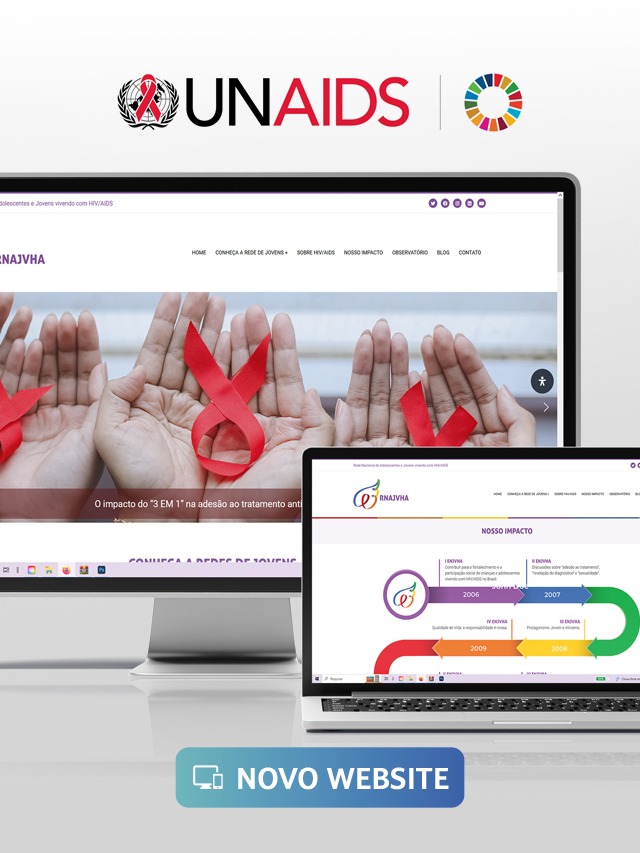Companies that migrated to the digital world, or were born in it, saw in Google Analytics the chance to understand and monitor their sites, accessing the number of visitors, the source of traffic, the general profile of these visitors. Finally, various pieces of information that allow you to re-evaluate production strategies, for example. The tool then evolved into Google Analytics 4 (GA4) which, as of July 1, 2023, will completely replace its predecessor. Check out 5 points on which Google Analytics 4 can help your company and, consequently, your final consumer.
Read too: Check out 6 promotional strategies to move your e-commerce
event measurements
In the previous version, data was pulled over sessions. With GA4, the model is event-based. That is, it makes it possible to monitor specific actions within the site, such as buttons clicked, videos played, etc. With the feature, updates can be much more assertive and aligned with what the user is looking for, thus enriching the experience within the site.
More privacy and security for the visitor/consumer
Another big step forward in GA4 over the previous version is in relation to the privacy of the user who accesses the website, therefore being more consistent with compliance with the General Law for the Protection of Personal Data (LGPD). The update does not collect data from cookies and does not store IP addresses, for example. Such aspects provide much more credibility for consumers aware of their online user rights.
Event prediction based on machine learning
GA4 has a system that automatically identifies trends in website visitors, for example, peak access times and most used devices. Desktops? Smartphones? In the case of e-commerces, the tool even points out how many sales the site can have, based on the previous history, strongly assisting in the company's planning.
Read too: See 7 steps to make a digital transformation in your company


Google Analytics 4 is can be integrated with Google Ads
Another evolution of GA4 is the integration with Google Ads. As a result, all information created in Analytics 4 about the target audience is automatically saved in Ads if the two tools are integrated. This not only streamlines ad settings, but also has strong potential to make them more assertive.
Customizable Reports
Unlike its predecessor, Google Analytics 4 makes it possible to customize the reports, so that the administrator only sees what is relevant to his site, thus filtering out metrics that have nothing to do with the company's objectives. This way, you have complete freedom to choose which rates are worth measuring, viewing and analyzing.






























